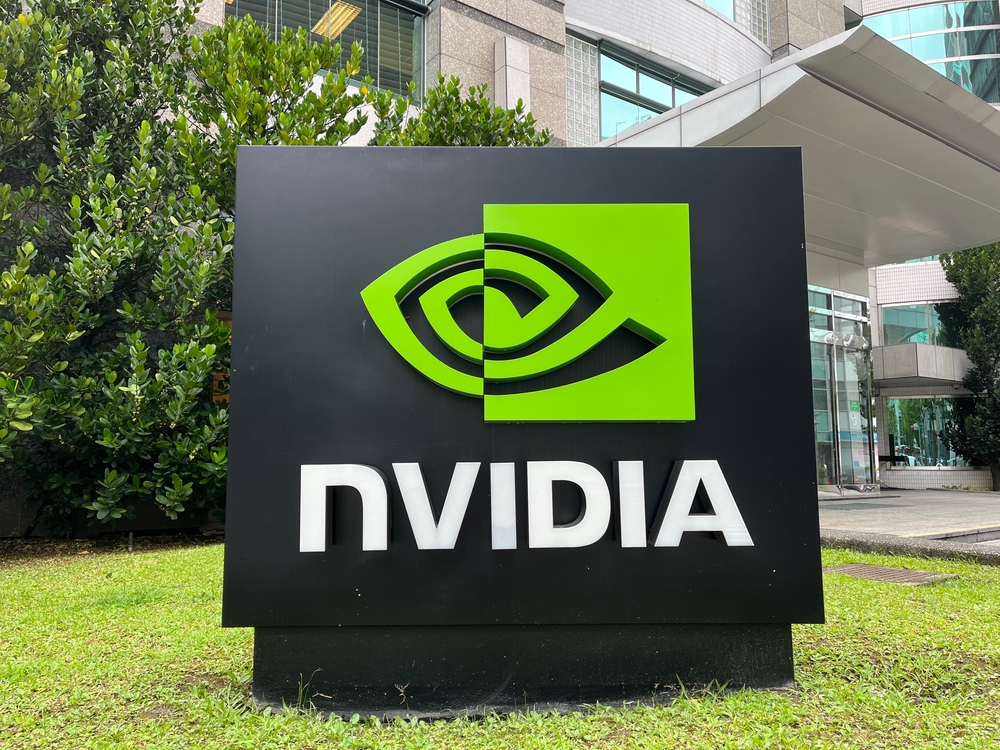NVIDIA Corporation (NASDAQ: NVDA), a leading semiconductor company, is once again in the spotlight following its latest earnings report and a series of price target increases from Wall Street analysts. NVIDIA, whose stock price is up a whopping 186% over the past 12 months, continues to dominate the market with its artificial intelligence (AI) graphics processing units (GPUs), which are a significant contributor to its overall growth.* The most significant recent event for investors, however, is the announcement of a 10:1 stock split, which will take effect on June 6.
Details of the share split
NVIDIA's stock price has climbed to approximately $1,150 per share, making it one of the best-performing stocks on the market. This impressive growth is a continuation of the company's remarkable performance over the past five years, during which the stock has averaged an annual return of 98%. For example, an investor who bought 20 shares of NVIDIA stock at $33 per share in May 2019 would today see his initial investment of $660 grow to approximately $60,000, including the effects of a four-for-one stock split in 2021.*
The upcoming 10-for-one stock split will significantly reduce the price per share, making the stock more accessible to a broader range of investors. For example, if the share price on June 6 is $1,500, after the stock split each share will be worth $150. Investors who own one share worth $1,500 will receive nine additional shares, bringing the total number of shares to 10 shares worth $150. The move is expected to attract more investors for whom the high share price may have previously been too high.
Rationale for the split
Although the stock split does not change the overall value of the company, it does make individual shares more affordable. NVIDIA's management emphasised this point in a recent earnings release, stating that the purpose of the split is to 'make share ownership more accessible to employees and investors'. A reduction in the share price through a split could attract investors who prefer to buy whole shares rather than buying fractional shares. In addition, NVIDIA increased its quarterly dividend by 150%, from 4 cents per share to 10 cents per share. After the split, the dividend will be adjusted to 1 cent per share.
Financial performance and growth potential
NVIDIA's financial performance continues to be impressive. In the first fiscal quarter, the company achieved record revenue of $26 billion, up 232% year-over-year, while net income grew 628% to $14.9 billion. Looking ahead, Q2 revenue is projected to be approximately $28 billion.1 These figures underscore the company's dominance in AI computing and its enormous growth potential.
Investment considerations
A key question for potential investors is whether to buy NVIDIA stock before or after the split. Both options have their advantages, as investors are buying shares in a highly successful company with strong growth prospects. Historically, share prices often rise sharply after a split due to greater affordability and an influx of new investors. Buying before the split could therefore yield immediate gains as the shares become more attractive to a wider audience.
However, recent gains following the latest earnings report should also be taken into account. Investors should evaluate the price-to-earnings (P/E) ratio and other financial ratios to make sure they are making a quality investment decision.
Conclusion
NVIDIA's decision to execute a 10:1 stock split underscores its determination to make stock ownership more accessible while capitalizing on its strong growth trajectory. With record financial results and a strategic move to attract more investors, NVIDIA remains an attractive investment opportunity. As always, investors should conduct thorough research and consider their financial objectives in light of their risk tolerance before making investment decisions.
* Past performance is not a guarantee of future results.
[1] Forward-looking statements are based on assumptions and current expectations, which may be inaccurate, or on the current economic environment, which may change. Such statements are not guarantees of future performance. They involve risks and other uncertainties that are difficult to predict. Results may differ materially from those expressed or implied by any forward-looking statements.


